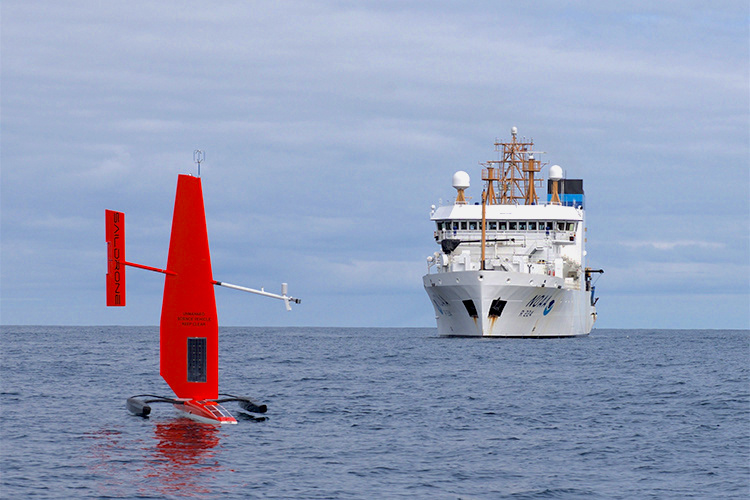
Report on NOAA FY2023 Budget Request
The following is the Congressional Research Service In Focus report, National Oceanic and Atmospheric Administration (NOAA) FY2023 Budget Request and…
Copyright 2024 U.S. Naval Institute. All Rights Reserved.